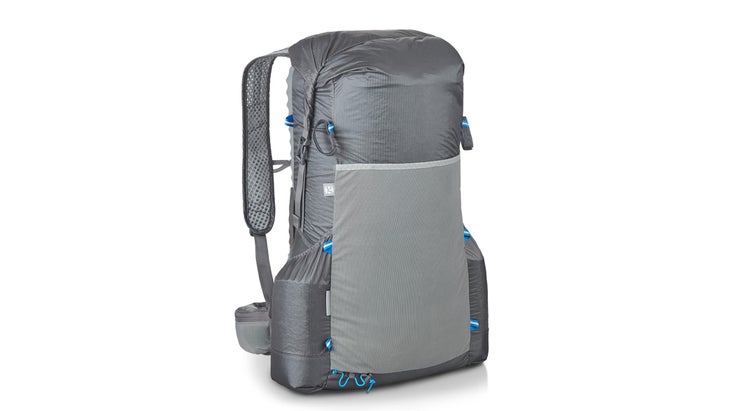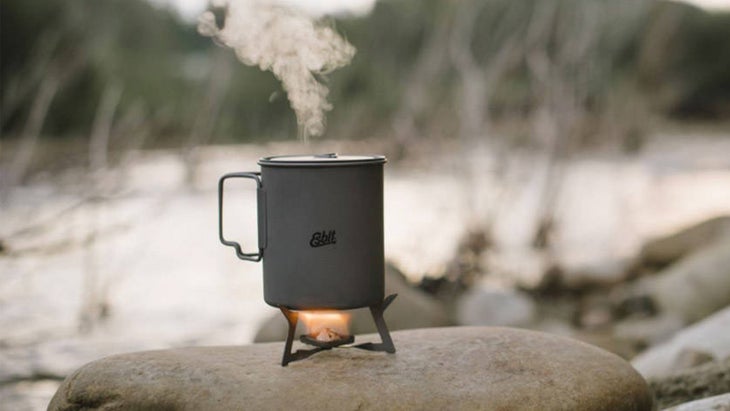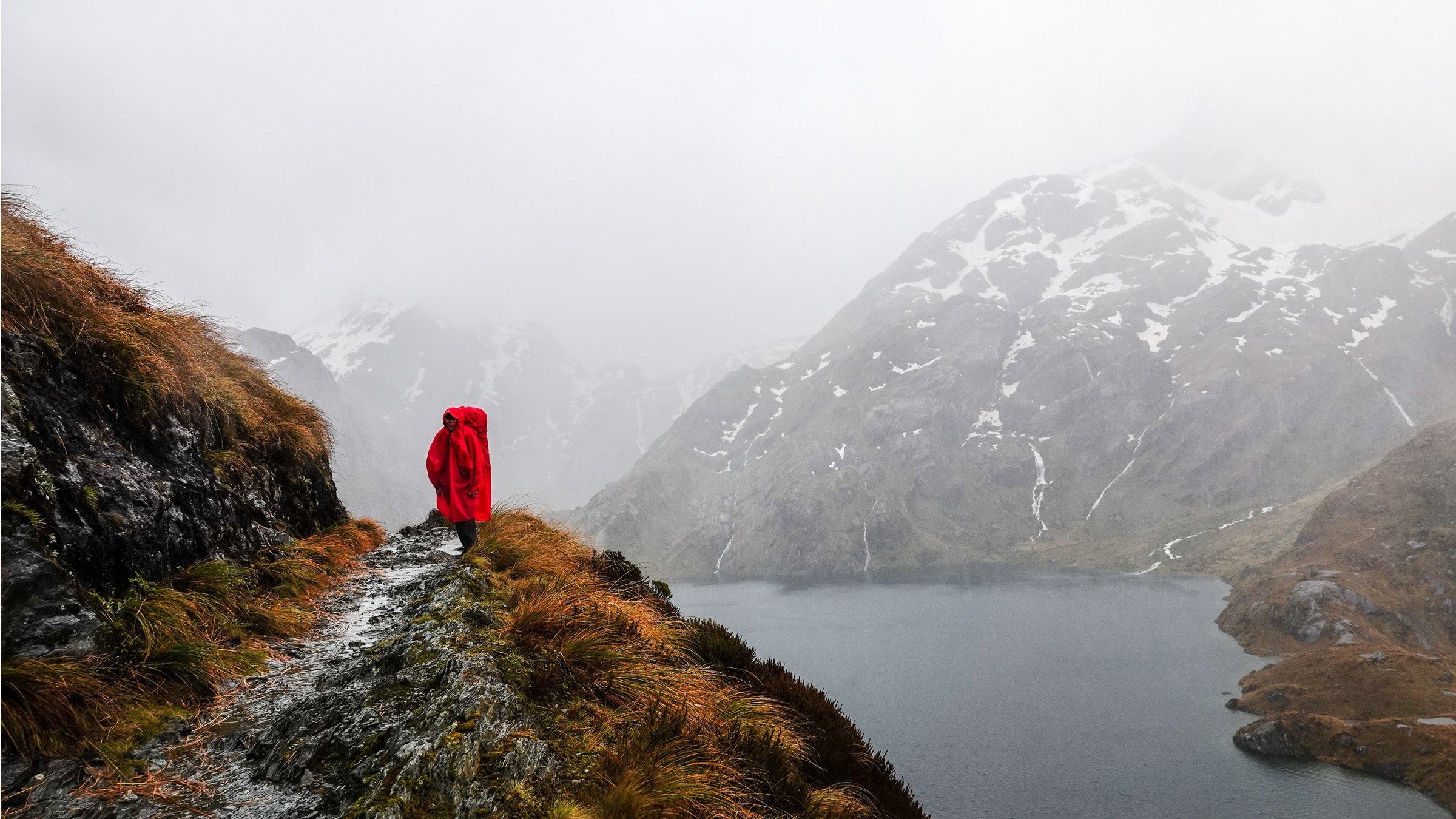Fifteen years ago, ultralight hiking gear was truly edgy. Every cottage brand had a 12-ounce silnylon pack. Half-length pads and body mapped designs were a compromise between full-on misery and smart packing. (or better yet, ) instantly marked you as a hardcore ounce-cutter. Critically, these experimental kits allowed thru-hikers astonishingly low baseweights.
. Ultralight hiking gear is still at the bleeding edge of the industry, featuring fancy new fabrics, bold innovations, and plenty of carbon and titanium bling. For the most part, it’s more durable, easier to use, and more comfortable. But is it actually lighter?

Those silnylon packs, so popular in the early 2000s with brands like Gossamer Gear, Six Moon Designs, and Mountain Laurel Designs, have been wholly replaced by heavier, more durable fabrics like (though a few products like are keeping the tradition alive). Minimalist pads are a rarity these days, with Therm-a-Rest cutting production of its lightest inflatable pad, the Uberlite. (Dedicated tinkerers sometimes cut and resealed the 8.8-ounce pad to save further weight.) The brand’s NeoAir Xlite weighs 4 ounces more, but is far more durable and warm enough for fall backpacking. Ultralighters have spent decades slowly boiling water with , but the best “light-enough” canister stoves now perform so well that methenamine cubes are little more than a sideshow.
Does that mean we’ve moved beyond the uberlight experiment? I think so. The industry has shifted in a way that mirrors the average ultralight hiker’s own experience dialing in their kit. I know my own experiments with gear followed a similar path. When I first decided to “go ultralight,” I focused on a 10-pound baseweight as an easy-to-track goal. Once I achieved that, I set my sights lower. Could I swap out a lighter sleeping bag? Yes, but some nights I would get too cold. A lighter pack? Sure, but it wasn’t as comfortable. A lighter pad? No—I slept terribly. After a few years of trial and error, I had cut weight in a few places and added it back in others, and ended up roughly where I started. For me, more experience didn’t mean a lighter kit, after all.
Writ large, we’ve all cast our votes for what is worth going ultralight for, and it turns out many of us have the same preferences. For most of us, it’s not silnylon packs. It’s not sleeping pads with cutouts to save weight. It’s not rain gear that can unfold into a tarp.

With the ultralight industry more competitive than ever, it seems like fewer brands are willing to experiment out on the fringes. A likely culprit is the growing size of the average ultralight gear company. When you’re a one-person operation making gear for a handful of dedicated customers, taking chances isn’t that risky. But if you have a dozen people on the payroll and a well-honed production line, a product that doesn’t land is a serious misstep. A bigger customer base comes with less patience for gear that breaks—and more warranty claims.
To be clear, this is largely a good thing. The fact is, today’s ultralight gear is so good that most attempts to reinvent the wheel are going to fail. But that also means that in a decade’s time, we might see an industry that’s mostly unchanged outside of newer, even more expensive fabrics and materials.
As a longtime ultralight gearhead, I’ll be disappointed if that future comes to pass. I grew to love the ultralight community for its bold personalities who were more comfortable charting their own path than following trends, even if some of those paths were dead-ends.
Maybe it’s inevitable that there’s less room for wild ideas as the community matures. But if the door to technical innovation is closing, that could mean other doors are opening. Maybe the way for a modern ultralight company to take risks isn’t with featherweight fabrics, but with , an ambitious sustainability goal, or engaging the community in a new way. Personally, I trust that the cottage ultralight community is creative enough to figure it out.


